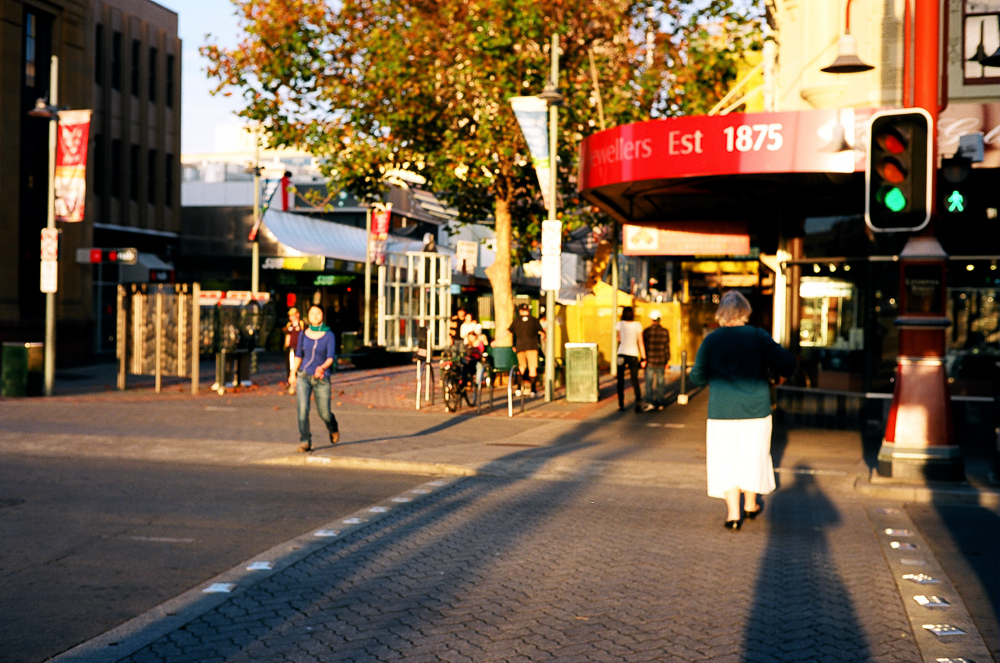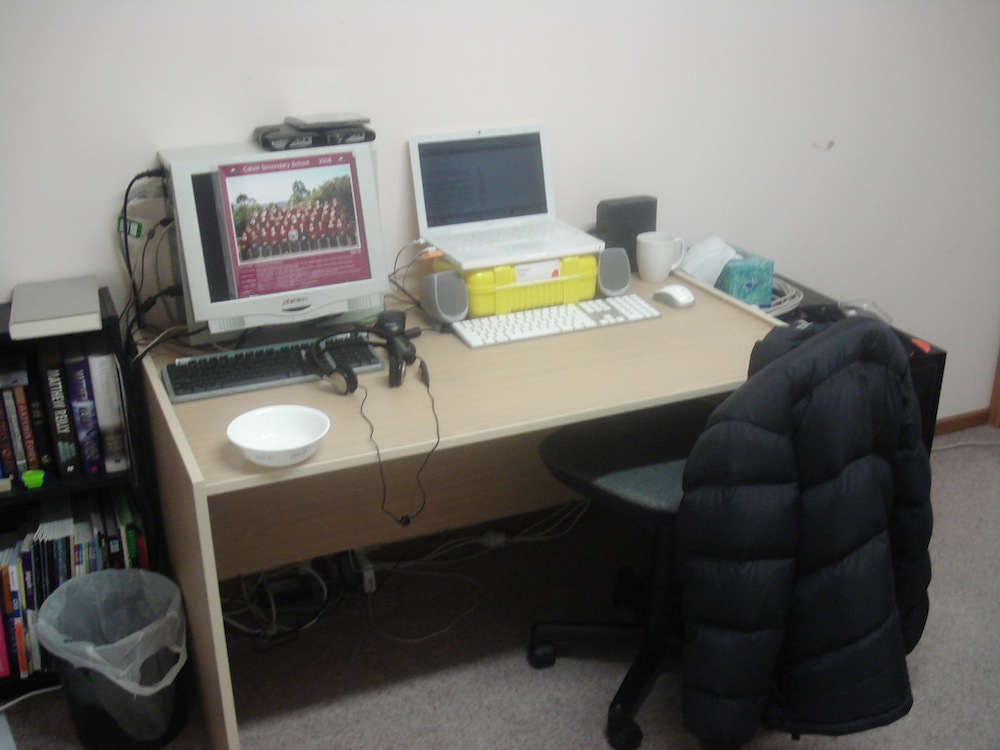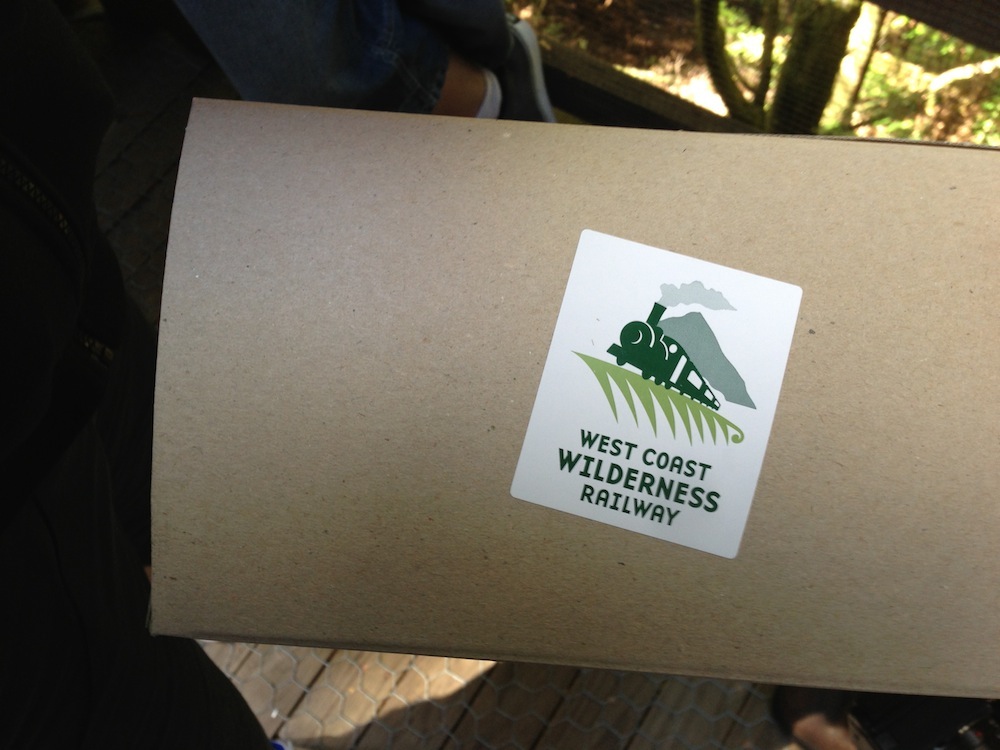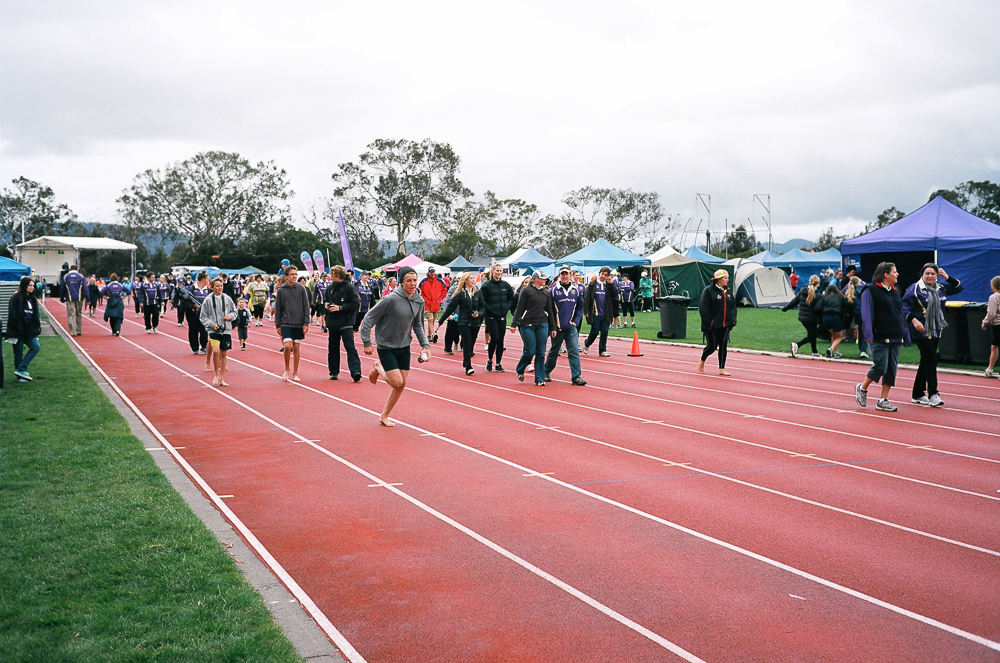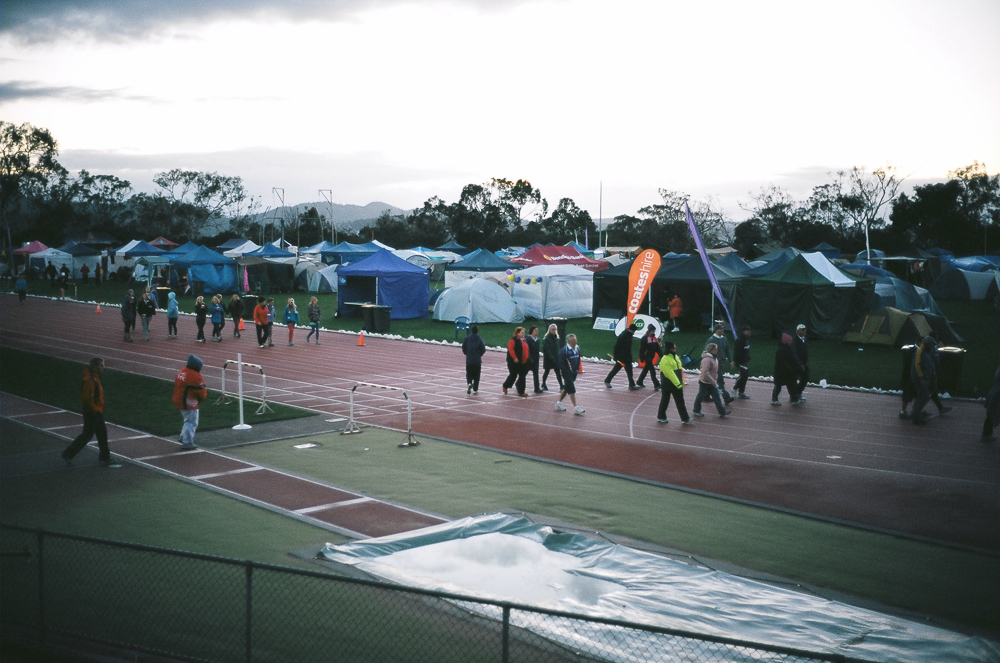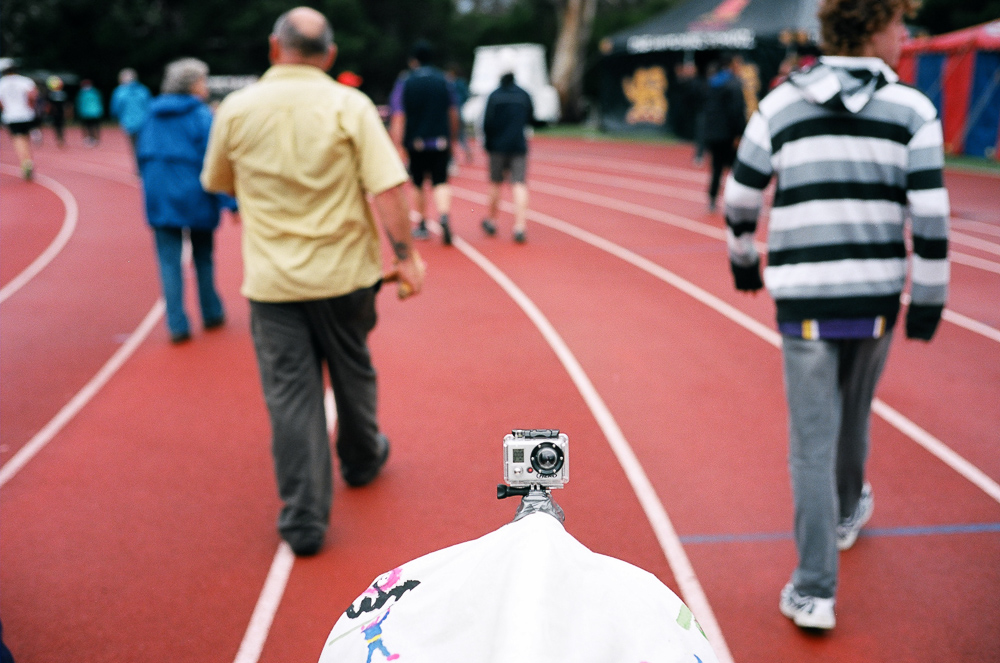I am all kinds of confused and conflicted about my photography right now.
I’ve long since reached the point where I have to go out and force myself to finish rolls of film just so I don’t have half-finished rolls of film sitting in my camera. Not only that, but somewhere along the line, I lost the ability to tell which of my photos are good anymore, and which ones are bad.
It’s gotten to the point where no photo I take with my rangefinder is bad. Literally, none. They might not be “perfect” examples of photography, but every photo that comes out of my Bessa these days is good, perhaps even great, and the worst thing is, I’m not sure if that’s me, or if it’s just the camera that’s doing all the work.
When I first started out with my Bessa, I really had no idea what I was doing. My first rolls were nothing short of sloppy — missed focus, totally-off exposures, you name it. But over time I’ve learnt the ins-and-outs of shooting with a rangefinder, and in particular, the ins-and-outs of taking photos with the combination of lens and film that I have. I’ve probably done upwards of twenty rolls of the same film now, and it’s getting to the point where I’m not sure if I’m improving, or if I’m just getting so comfortable that it means even the most average shots turn out to be pretty decent. There’s far less out of focus shots and far less wacky exposures, but again — is that because I’ve gotten better at photography, or just because the camera, lens, and film combination I’m used to shooting with do all the hard work for me?
I like shooting film, I really do. It’s just that I’ve reached the stage where I can’t find fault with my own work. The colours are taken care of for me thanks to the brilliance of Ektar 100, and the camera and lens pretty much takes care of the rest. Even the most mundane photos that show now photographic spark turn out to be good, if not great, all thanks to film and camera.
So I’ve been asking myself: if I can’t find anything wrong with my photography, is it actually all that good? It’s like that question of when someone takes a photo of a particularly photogenic subject: is the resulting image a good photo because the photographer is a master of composition, lighting, and has the vision to see his creativity realised in picture format, or is it a good photo because the model is particularly beautiful? I mean, even an average photo of a pretty girl is still going to turn out pretty well, but where’s the line? What defines a good photo from a bad one?
In my case, do I think my photos are good because I’ve consistently improved at taking the kinds of images I do, or is it just that I’m getting lazy with my composition and subjects, not challenging myself enough or pushing the boundaries of what I take photos of, therefore taking these “safe” images that aren’t particularly great, but always turn out to be at least good?
I think what I really need is someone to look at my photos and say: “they’re shit”. I’d even accept “you’re shit”, if it means I have to throw things out and start from scratch. Because as much as that would hurt my feelings in the short-term, I know it’d make me a better photographer, long term.
Or at least, that’s what I’d hope would happen. In reality, I’d probably just stop taking photos for a while.
But if that’s what it takes, then that’s what it takes.
